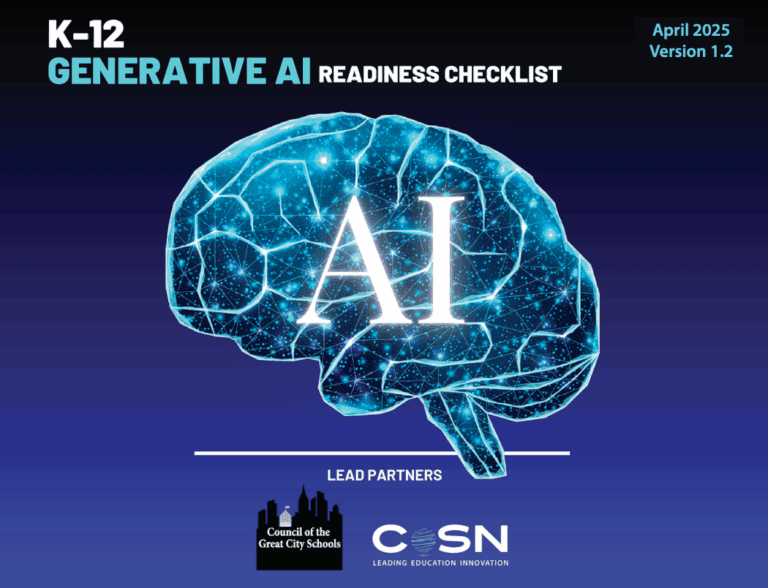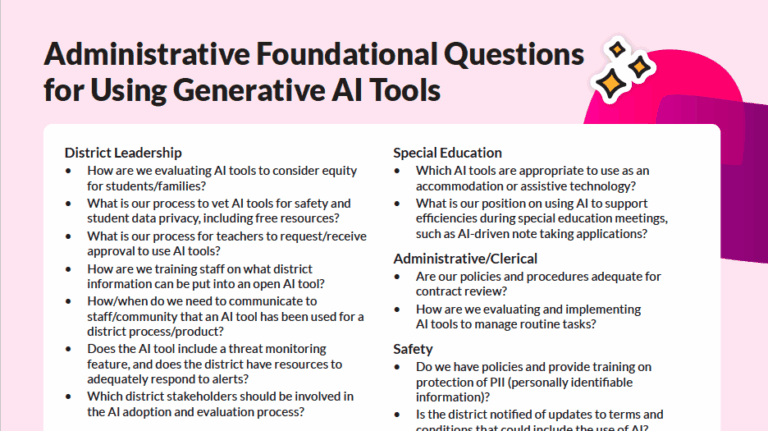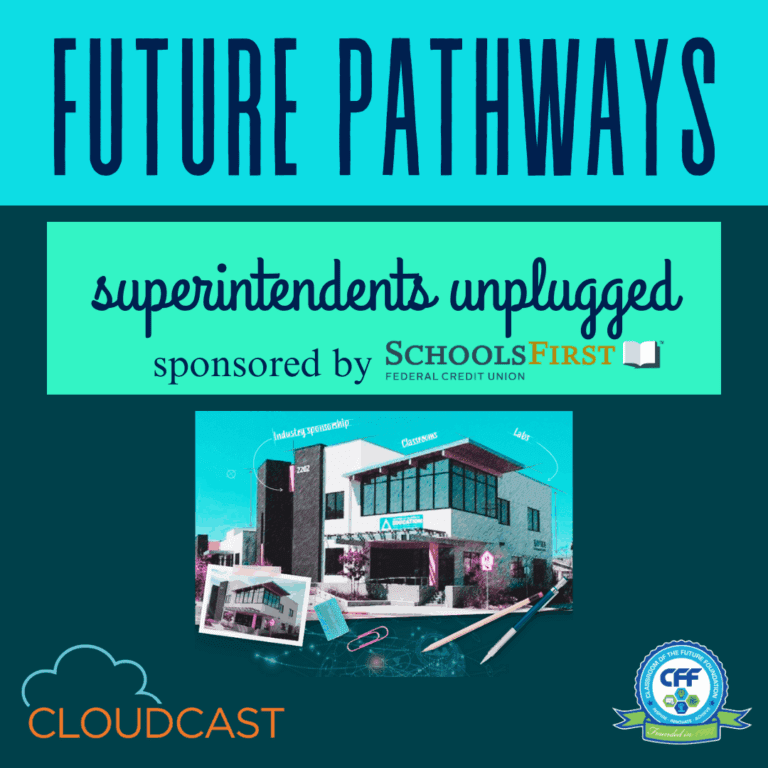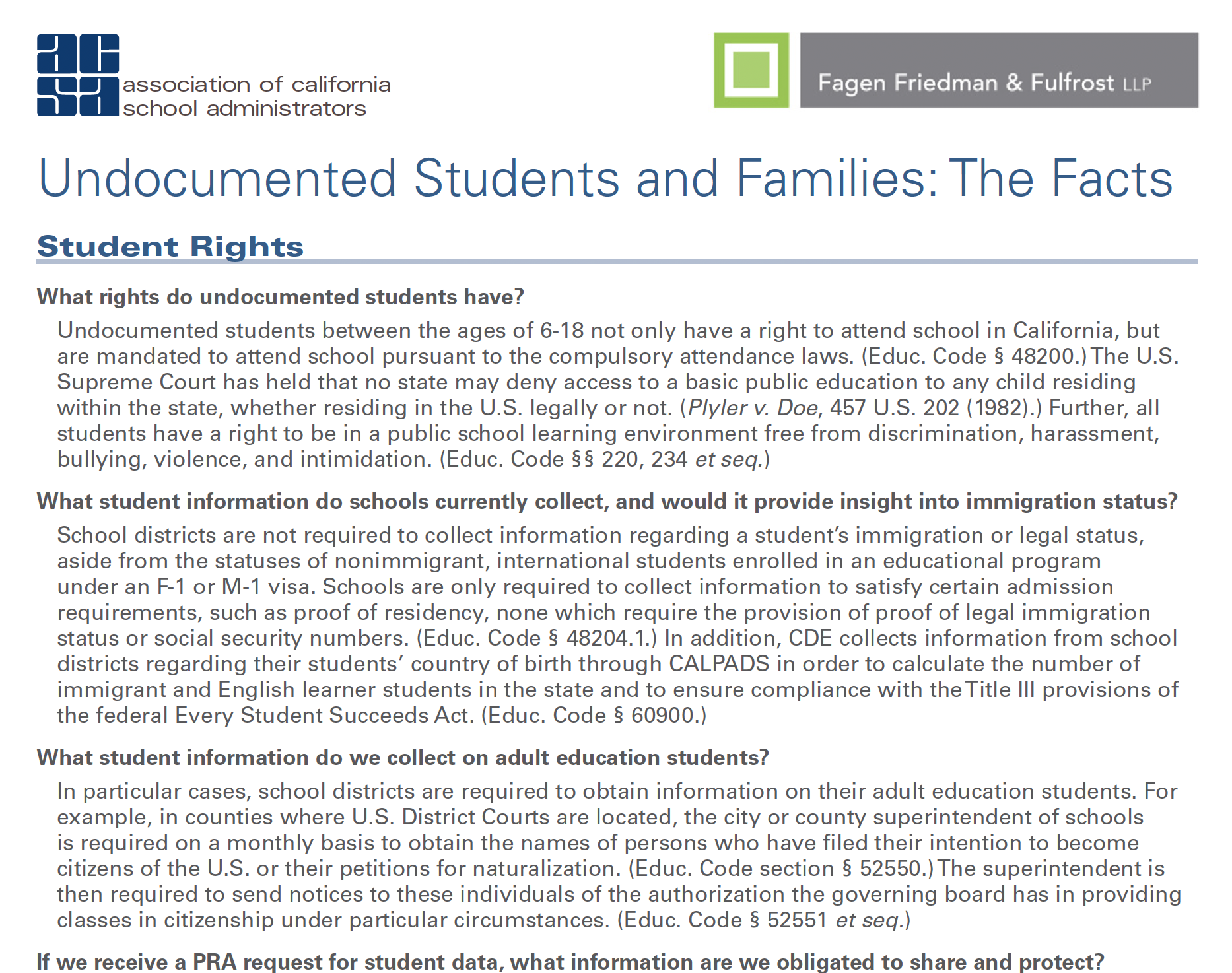
This resource is provided by ACSA Partner4Purpose Navigate360.
Students today spend more time than ever in digital spaces, interacting with friends, peers and others through their devices. With continued impacts from COVID-19 like isolation, depression, anxiety, aggression and a significant rise in concerning student behaviors, how can schools keep up with the harmful signals being shared across this vast communication landscape? How are you protecting students in digital spaces?
Districts need to meet students where they are. Give your schools the ability to keep harmful content out of the hands of students as well as alert school staff about concerning behavior related to bullying/cyberbullying, harm to self, substance abuse, acts of violence and more.
Students Are Online Now More than Ever
Like everyone these days, students’ digital activity impacts almost every aspect of their regular lives. Whether on social media or various messaging apps, students constantly communicate and socialize digitally. With the rise in online remote learning, many students attend class and study digitally as well, and they are likely using multiple apps, software and digital services for completing lessons and participating in schoolwork. With the increase in time spent online, risks to student safety are on the rise as well, from cyberbullying to online predators to mental health challenges. It’s crucial for districts to address these risks before they escalate.
Internet Safety Challenges Facing Students
In many ways, remote learning and modern digital education tools have created unprecedented access to information for students. However, like all education methods, online learning has its share of difficulties. Students face a variety of issues online that can impact their mental and physical wellbeing. These threats are often uniquely digital and present novel challenges for students. Some of the biggest challenges facing students in digital spaces include the following.
Cyberbullying
Cyberbullying, also known as online bullying, is a form of bullying that takes place through digital means such as social media, text messaging, online forums and other digital channels. A recent study from Pew Research Center indicates that 59% of U.S. teens have been bullied or harassed online. Students can face cyberbullying from virtually anyone because perpetrators can remain anonymous or bypass antiharassment measures. Additionally, since online communication is instant, cyberbullying can occur at any time, so traditional antibullying techniques may be ineffective.
Cyberbullying can have a direct and negative effect on students’ mental health. Some signs you may notice in students who are victims of cyberbullying include:
- Noticeable mood changes after using their phone or computer
- Avoiding social activities
- Self-isolation
- Sadness
- Depression
- Declining physical health or frequent illness
Adapting to Remote Learning
With in-person restrictions put in place due to COVID-19, schools and students have had to adapt to the challenges of remote learning. Students have been required to adopt a new style of learning that is, in many ways, the inverse of traditional education methods. With distanced learning, students may struggle with less interaction and collaboration, flexibility and lack of visual or physical cues.
Illegal & Harmful Content
Students can be exposed to a range of illegal and/or harmful content online, including pornography, gambling and otherwise troubling or upsetting content. Since many websites and apps have relatively lax or nonexistent age-verification standards, students may even inadvertently access illegal content. Compounding the problem, advertisements for illegal content can be found throughout the web and may be indistinguishable from safe content.
Online Predators
A ghastly reality of the digital world is that bad actors may seek out the same digital spaces as students and may tailor their attacks toward inexperienced youngsters. Thanks to anonymous profiles, disposable emails and other security-bypassing tricks, online predators can put students in harm, both virtually and in person.
Harmful Media
In addition to the wide range of harmful content that students may access online, the Internet is also full of media that is age-inappropriate, violent or otherwise harmful to developing minds. Even worse, many examples of dangerous media are difficult to distinguish as such, and students may be tricked or coerced into accessing harmful content they wouldn’t otherwise view.
Mental Health Consequences
All of these online threats can ultimately begin to adversely affect the mental health of students – and the safety of schools. Whether students face bullying and harassment online or have been exposed to problematic or inappropriate media, the results can be disastrous. Many students deal with negative mental health as a result of their digital interactions.
Challenges for Administrators & Schools
Because of the numerous challenges facing students in digital spaces, schools have an obligation to safeguard their students and foster a healthy environment that is conducive to learning. That means addressing and eliminating the various threats students face before they’re exposed. However, many schools — especially recently — have found that this prospect is easier said than done. This is especially true when it comes to compliance for grants and funding that have specific requirements for stakeholders to meet. Many schools and administrators trying to protect their students online will encounter common roadblocks, including challenges with implementation, difficulties with tracking and CIPA compliance.
Implementation Challenges
Employing a digital threat detection and prevention solution can be a complex undertaking requiring collaboration with a cross-functional team — a challenge many schools and districts lack the time and resources to overcome. This problem is made even worse by the constantly shifting nature of information on the Internet. For example, a blocked website may suddenly reappear with a new, unblocked URL, forcing officials to update their filter and possibly exposing students to harmful content in the meantime.
Tracking Difficulties
Considering the huge volume of daily digital communication, keeping track of it all and monitoring network access to ensure students are protected requires both precision and efficiency. Furthermore, disguising communication — such as substituting letters for symbols and numbers or using an image with text — can allow students and others to get around common filtering software. For example, students could send a message about “$uicid3,” which slips past the filters but is still easily readable by other students, making the problem even more difficult for administrators.
CIPA Compliance
The Children’s Internet Protection Act (CIPA) requires that schools and school libraries have a certified Internet Safety Policy in place in order to receive federal E-rate funding for Internet access. Failure to comply with CIPA standards can cost schools money and discounts.
How Can Schools Protect Students Online?
With so many challenges facing today’s schools, how can school safety personnel begin to tackle the problem head on? Fortunately, several strategies are available to help school districts protect students online.
Restricting Student Access to Harmful Content
Web filters are crucial for schools when it comes to limiting and preventing students’ access to illegal and harmful content. A strong content filter can stop students from accessing certain websites, search for and block specific keywords, and ensure restricted network access.
Detecting Warning Signs Through Communication Channels
Keeping track of conversations and communication can help schools identify troubling patterns and other threats before they escalate, potentially limiting negative outcomes. By scanning digital communication channels, schools can identify signs of cyberbullying, threats of harm to self or others, safety-related issues and more.
Assessing Student Threats Online
After identifying threatening communication, schools need to assess the severity of the threats they face before choosing appropriate action. Since online communication is often nuanced or non-traditional, being able to distinguish between jokes, memes, emojis, troubling behavior and escalating threats is critical for school leaders.
Learn about Navigate360’s school safety solutions that provide accessible, integrated and relevant tools necessary to save and enhance lives. Download this guide to learn how you can give your schools the ability to keep harmful content out of the hands of students.


































